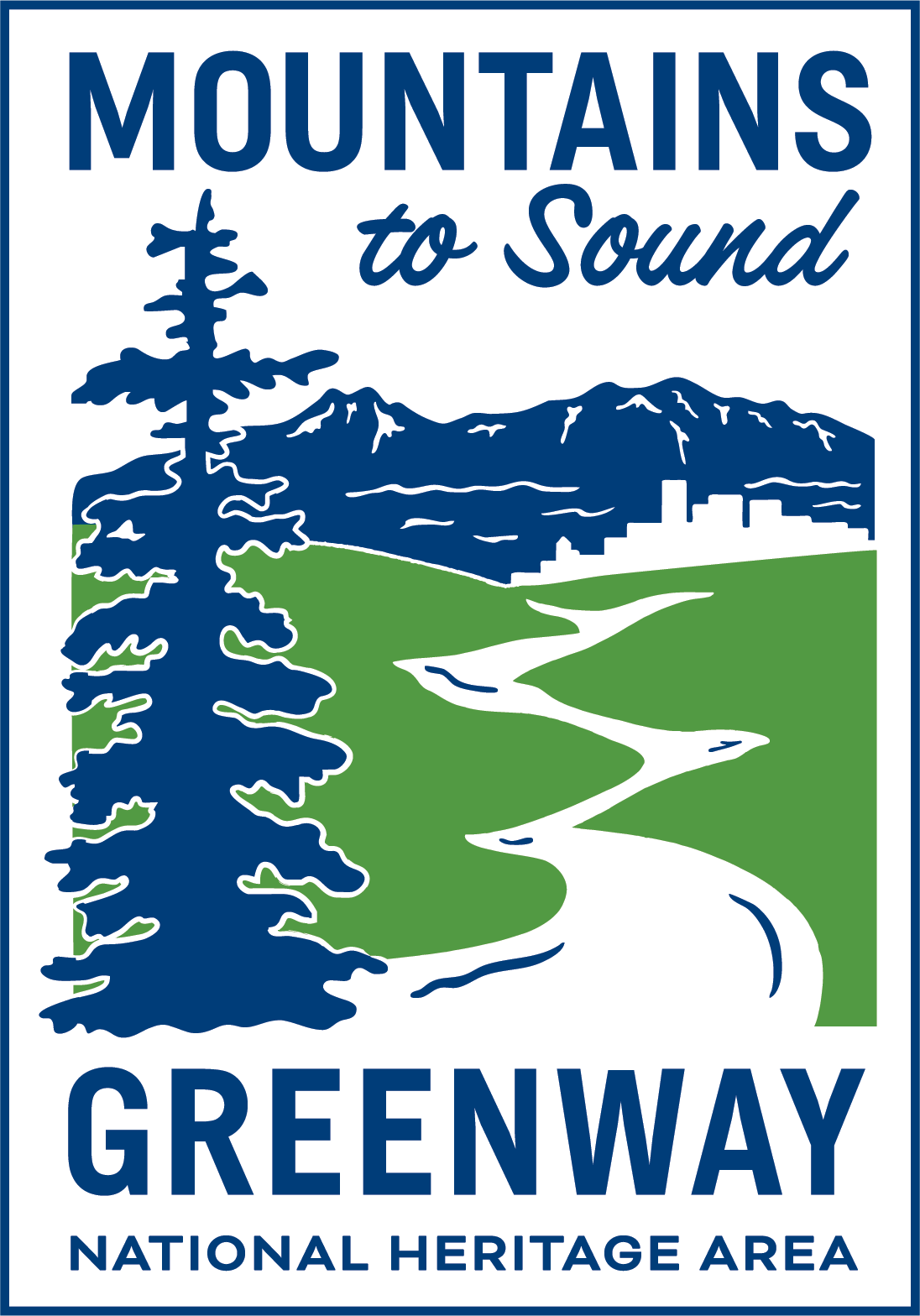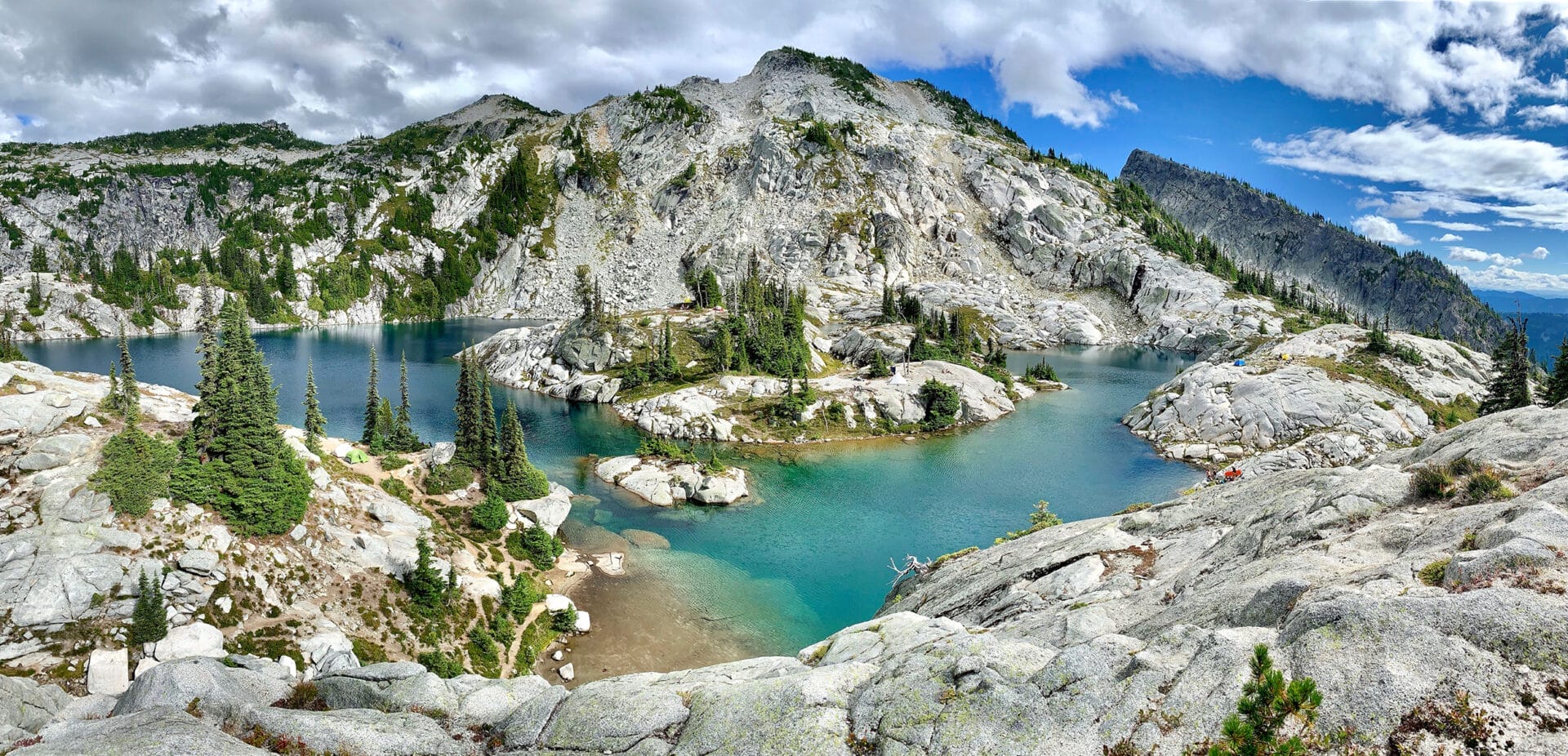The powerful forces of geology and climate create a LANDSCAPE of cultural and natural diversity across the Greenway.
The landscape of the Mountains to Sound Greenway is a sweep of glacial troughs, deep river valleys, and fault-lined terrain bisected by the rugged peaks of the Cascade Range. Deep lakes and snow-fed rivers are found on both east and west sides of the Cascades. But across this same terrain patterns of precipitation vary and combine with soils and topography to sustain different forest habitats and ecosystems.
The Cascade Mountains are the visible work-in-progress of tectonic subduction where the Juan de Fuca tectonic plate is sliding beneath the North American plate. With the Juan de Fuca plate slipping only millimeters every year, the effect over time is staggering: 7,000-foot-tall peaks along a north-south axis of volcanic remnants and remains.
While the Cascade Mountain range is a record of geologic activity over millions of years, it also shapes the present-day expression of nature, acting as a wall to catch and capture precipitation as it moves in from the Pacific Ocean. The deep, forested valleys of the western slopes act as cloud catchers, capturing rain and moisture coming in from the Pacific Ocean. Tall groves of red-cedar and Douglas fir, dripping ferns, and brilliant green moss add color to a climate that is often expressed in shades of grey.

Fifteen to twenty thousand years ago, during what is commonly known as the last Ice Age, the Puget Lobe of the Cordilleran Ice Sheet stretched deep into a region we now call Western Washington. The glacier scoured deep valleys and troughs, which became the basins for Puget Sound, Lake Washington, and numerous other deep, freshwater lakes. These cold, deep lakes and rivers wandering through wide, U-shaped valleys provided habitat for multiple salmon species, which bring nutrients in from the ocean to support ecosystems far upstream.
Indigenous people have lived in this area at least as far back as the retreat of the last Ice Age, and their oral histories describe the shaping of the landscape and the arrival of iconic Northwest species, including and especially salmon.

For the Mountains to Sound Greenway, the cycle of water shapes the cycle of life. On the eastern side of the mountains, after the air has been wrung dry, the signs of rain shadow ecosystems are clear: Alpine fir transitions quickly to Douglas-fir and then gives itself over to ponderosa forest. Moving down the Kittitas Valley, silt deposited by glaciers provides a fertile foundation for irrigated crops. Descending further toward the Columbia River basin, volcanic flows created the stunning basalt canyons and coulees of Washington’s shrub-steppe habitat.



